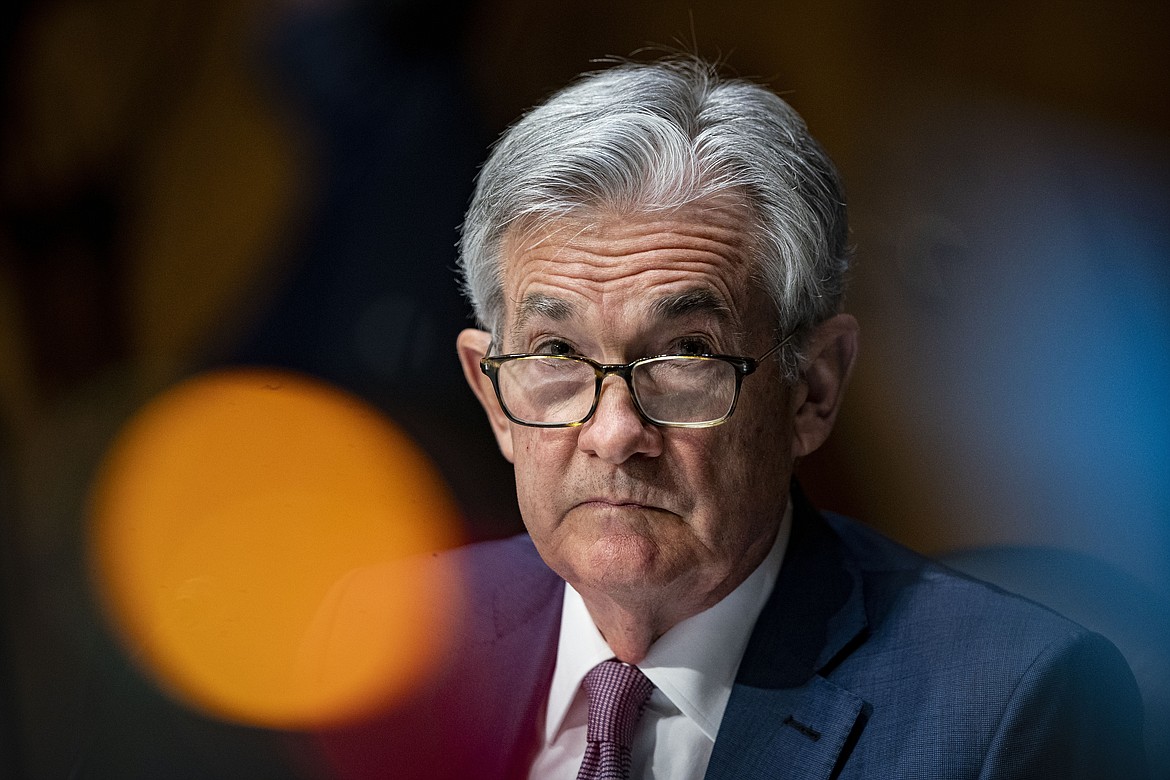Even as economy heats up, Fed to stick with near-zero rates
WASHINGTON (AP) — Hiring is accelerating as Americans increasingly venture out to shop, eat at restaurants and travel, and inflation pressures are even picking up after lying dormant for years. Yet this week, the Federal Reserve is all but sure to reiterate its commitment to ultra-low interest rates....
Support Local News
You have read all of your free articles this month. Select a plan below to start your subscription today.
Already a subscriber? Login
Daily Inter Lake - everything
Print delivery, e-edition and unlimited website access
- $26.24 per month
Daily Inter Lake - unlimited website access
- $9.95 per month

